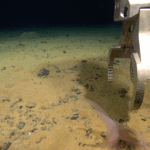Now Reading: Plume Particle Ejecta Can Trace Habitat-forming Gradients in Ocean Worlds: Insights from Planet Earth Geochemistry
-
01
Plume Particle Ejecta Can Trace Habitat-forming Gradients in Ocean Worlds: Insights from Planet Earth Geochemistry
Plume Particle Ejecta Can Trace Habitat-forming Gradients in Ocean Worlds: Insights from Planet Earth Geochemistry
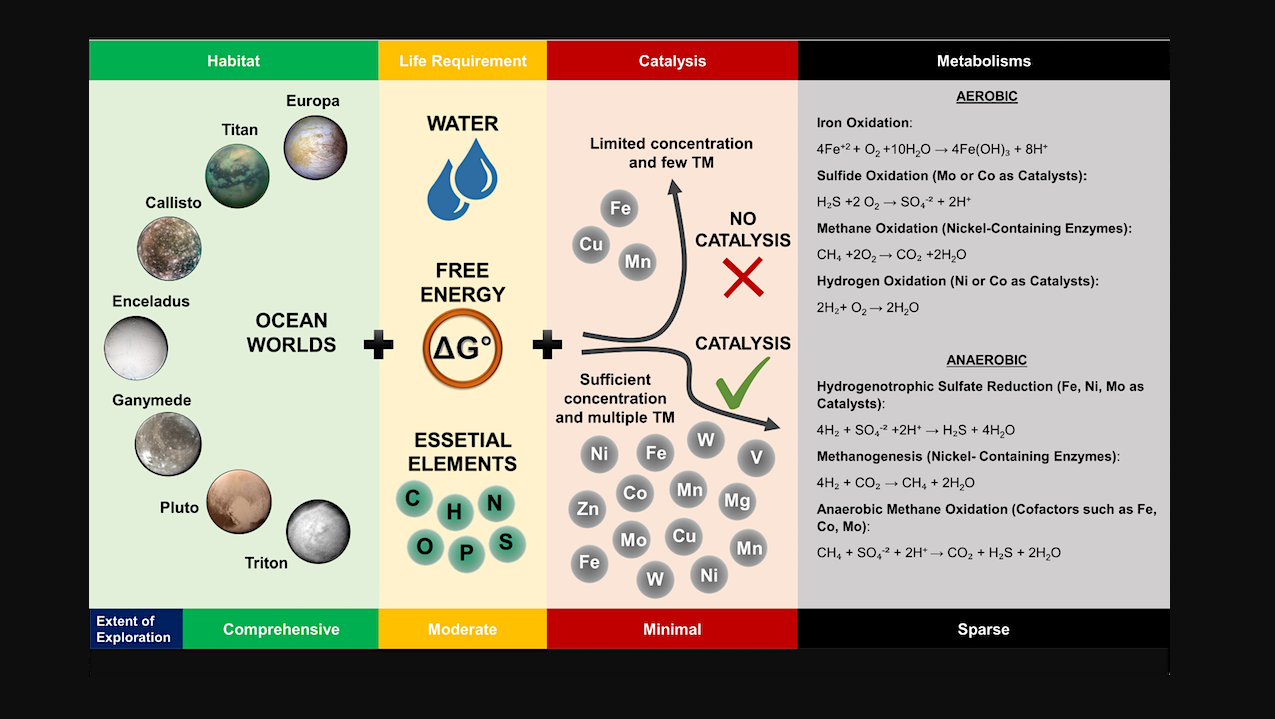

The conceptual scheme outlines the primary prerequisites for habitability in ocean worlds, highlighting the importance of water, energy, CHNOPS, and TMs. The horizontal bar on the bottom denotes our assessment of the extent of exploration of each subject area indicated in the top bar. Ocean worlds are not to scale. The Europa image is modified from the NASA Photojournal PIA01295, credit NASA/JPL/University of Arizona. The Titan image is modified from the NASA Photojournal PIA20016, credit NASA/JPL/University of Arizona/University of Idaho. The Callisto image is modified from the NASA Photojournal PIA03456, credit NASA/JPL/German Aerospace Center (DLR). The Enceladus image is modified from the NASA Photojournal PIA06187, credit NASA/JPL/Space Science Institute. The Ganymede image is modified from the NASA Photojournal PIA01972, credit NASA/JPL. The Pluto image is modified from the NASA Photojournal PIA11709, credit NASA/Johns Hopkins University Applied Physics Laboratory/Southwest Research Institute. The Triton image is modified from the NASA Photojournal PIA01994, credit NASA/JPL. — The Planetary Science Journal
Upcoming explorations for habitability in the ocean worlds of the solar system can greatly benefit from searching beyond parameters such as water, organics, nitrogen, phosphate, and silicate and being able to detect signs of metal catalysis.
As metabolism needs metal clusters and nanoparticles, detecting them, disentangling how they form, and linking them to the functioning of Earth’s analog habitats can help us explore the life-supporting processes in ocean worlds like Europa and Enceladus.
Here, we present theoretical insights on how nanoparticles in general, and metal-bearing nanoparticles in particular, with their known mechanisms of formation across pH, temperature, and redox gradients and their superior stability and transportability, can serve as a habitability tracer.
We outline an interdisciplinary oceanography-planetary science approach based on a case study of Earth analogs of pelagic and deep-sea hydrothermal redox gradients, as this is where the multi-element signatures of suspended marine nanoparticles began to emerge. This approach, incorporating new data sets from multiple sites under different gradients, will enable the linking of such “biogeosignatures” to their representative habitats.
This interdisciplinary direction will enhance the interpretations of elemental compositions of ocean world plume ejecta, anticipated to emerge from current space missions like Europa Clipper and JUICE.

Illustration of possible formation processes of nanoparticles on ocean worlds. Red circles indicate plumogenic nanoparticles. Yellow circles signify pelagic nanoparticles. Green circles are for hydrothermal fluxes. — The Planetary Science Journal
Evolution of ancient hydrothermal fluids theoretically inverted with initial oxygen isotopes of water, The Planetary Science Journal (open access)
Astrobiology,
Stay Informed With the Latest & Most Important News
Previous Post
Next Post
-
 012024 in Review: Highlights from NASA in Silicon Valley
012024 in Review: Highlights from NASA in Silicon Valley -
 02Panasonic Leica Summilux DG 15mm f/1.7 ASPH review
02Panasonic Leica Summilux DG 15mm f/1.7 ASPH review -
 03From Polymerization-Enabled Folding and Assembly to Chemical Evolution: Key Processes for Emergence of Functional Polymers in the Origin of Life
03From Polymerization-Enabled Folding and Assembly to Chemical Evolution: Key Processes for Emergence of Functional Polymers in the Origin of Life -
 04How New NASA, India Earth Satellite NISAR Will See Earth
04How New NASA, India Earth Satellite NISAR Will See Earth -
 05And Thus Begins A New Year For Life On Earth
05And Thus Begins A New Year For Life On Earth -
 06Astronomy Activation Ambassadors: A New Era
06Astronomy Activation Ambassadors: A New Era -
07SpaceX launch surge helps set new global launch record in 2024













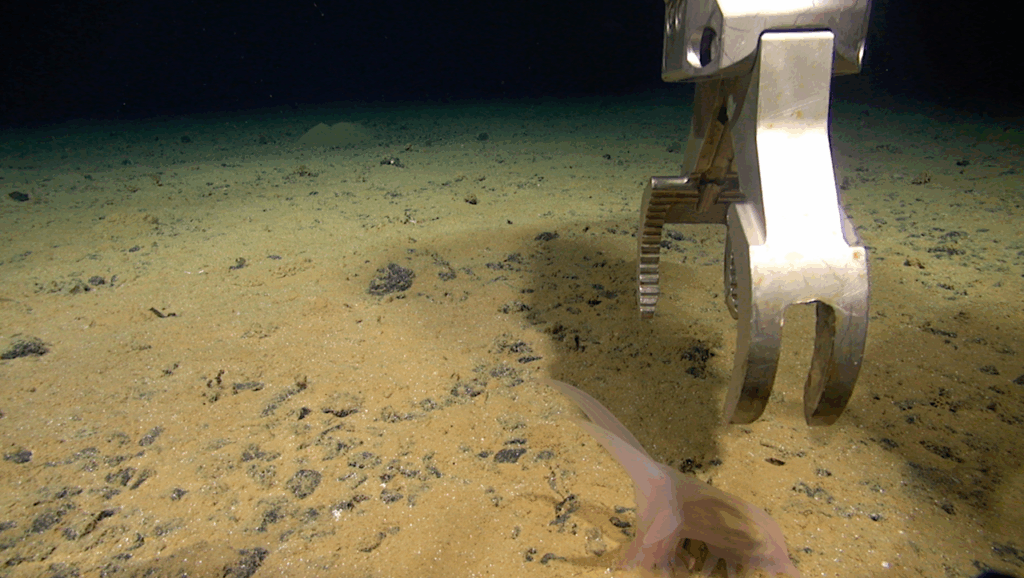
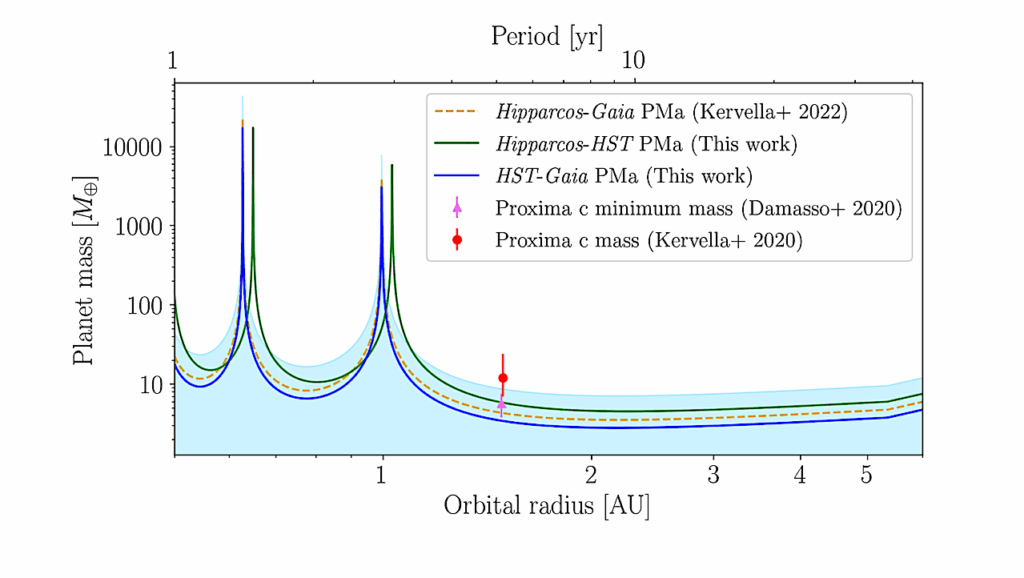
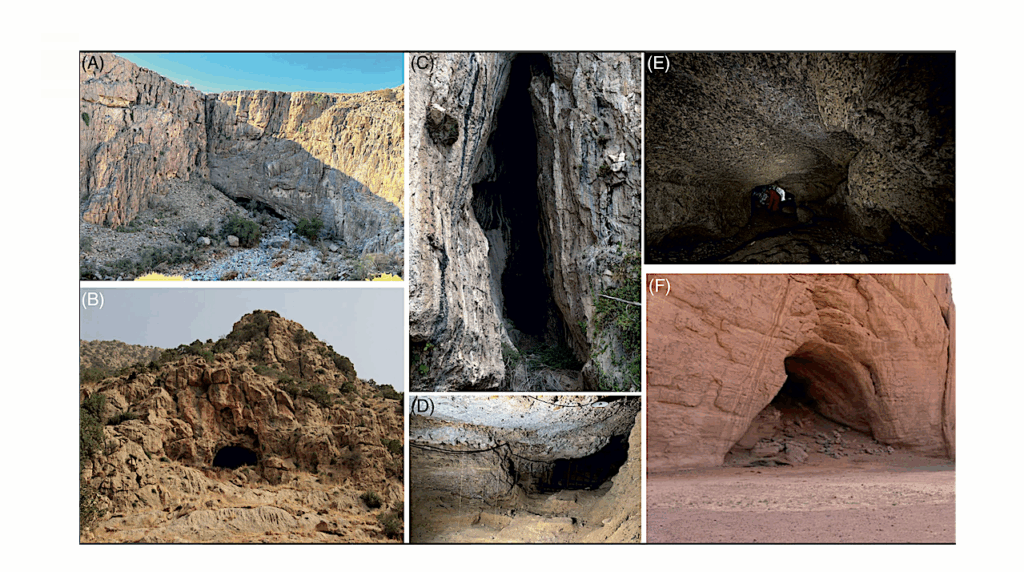
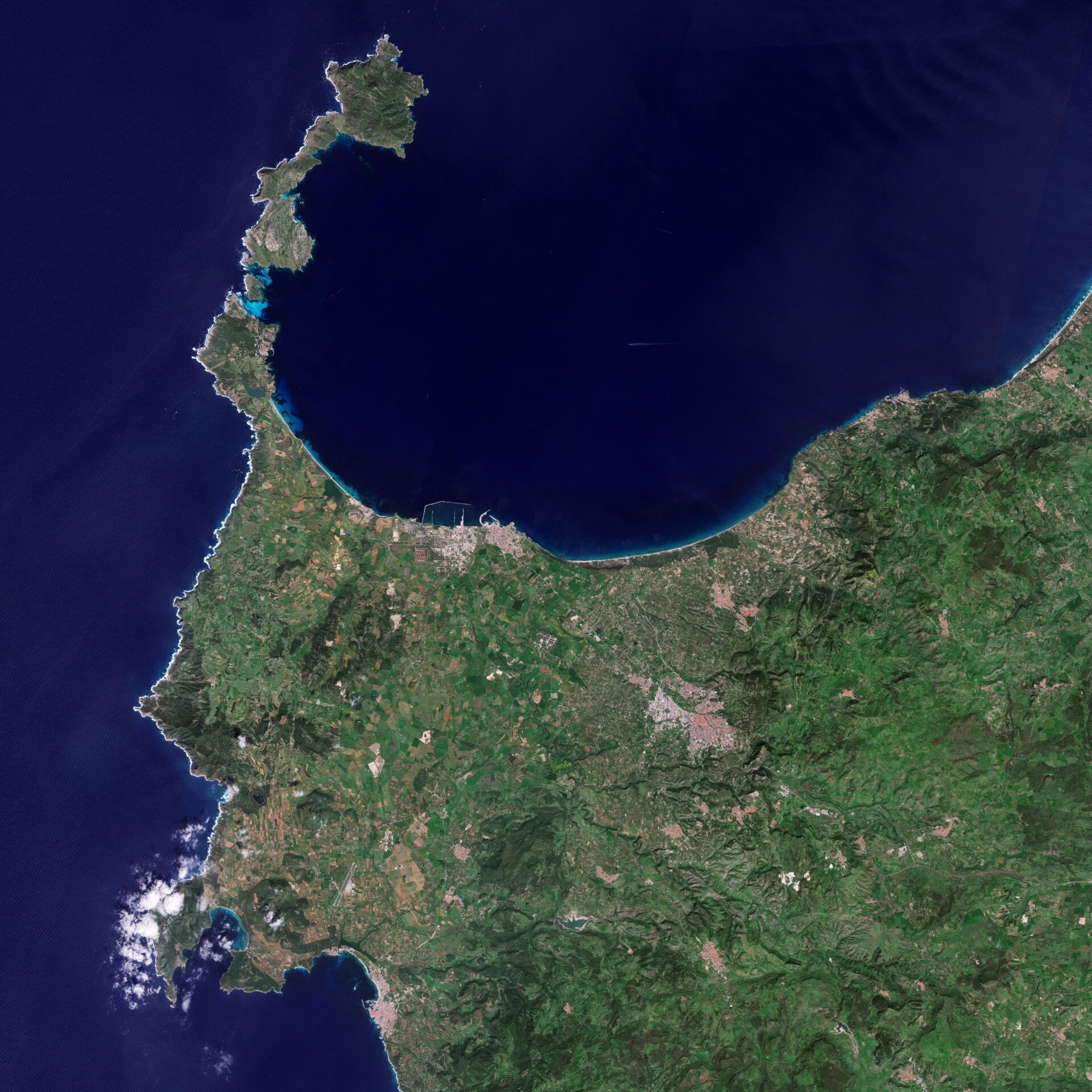
![Measuring Interstellar Carbon Abundance via 158 um [CII] Absorption with SOFIA](https://flyingtomars.com/wp-content/uploads/2025/05/measuring-interstellar-carbon-abundance-via-158-um-cii-absorption-with-sofia.png)



